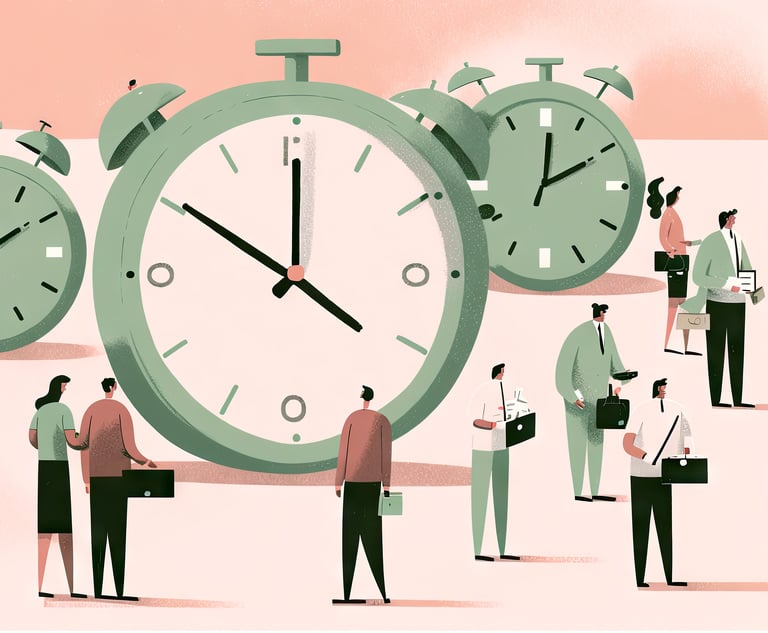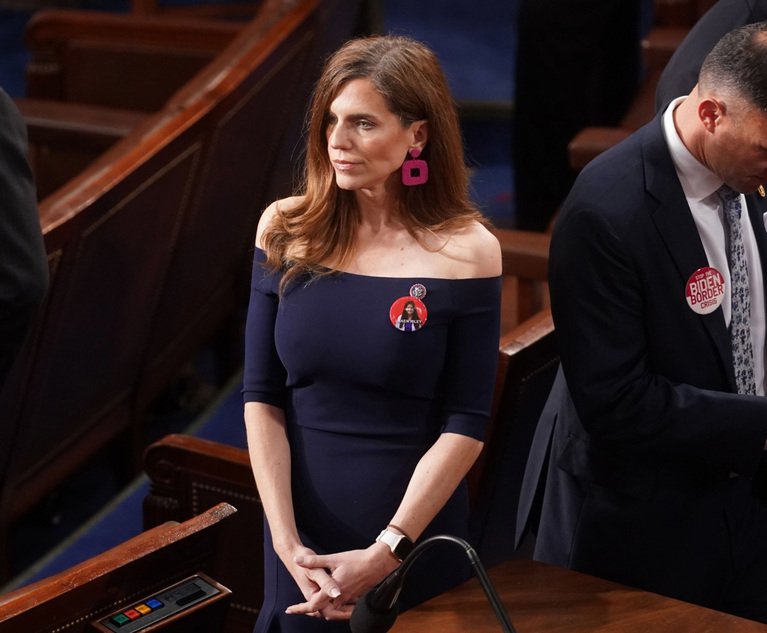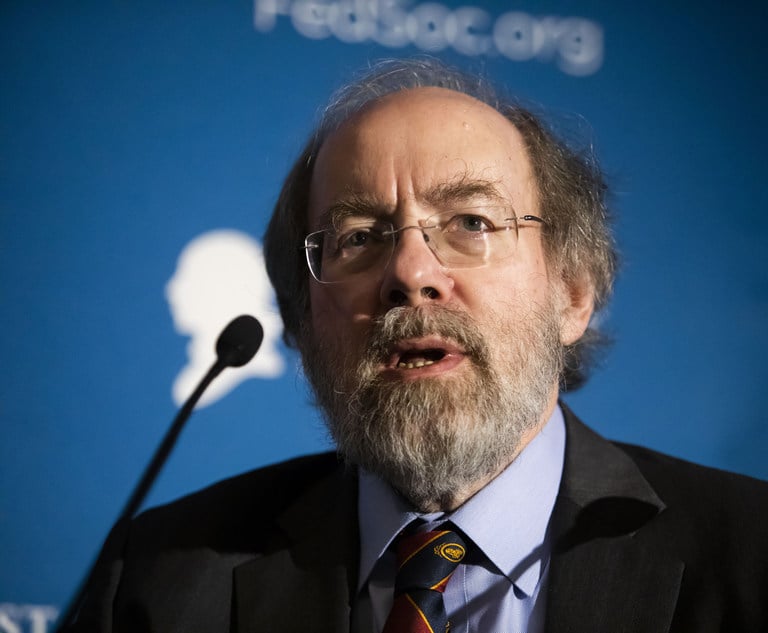No matter how the fast-breaking developments surrounding Brett Kavanaugh’s confirmation unfold, it is sinking in among Supreme Court advocates and scholars that a new term will almost certainly begin on Oct. 1 with eight justices, not nine, on the bench.
“There is probably no way that anyone will be occupying Justice Kennedy’s seat on the first Monday in October,” said John Yoo, professor at UC Berkeley School of Law, a former general counsel to the Senate Judiciary Committee and former clerk to Justice Clarence Thomas.
At a Washington Legal Foundation preview of the upcoming term on Tuesday, Yoo said that even if the reopened Senate Judiciary Committee hearing set for Sept. 24 takes place, the earliest the committee could vote is Sept. 27, followed by 30 hours or more of Senate floor debate. Lawyers for Kavanaugh’s accusers are demanding an FBI investigation before any public testimony, potentially delaying Monday’s hearing. Kavanaugh has denied any wrongdoing.
After several days of such debate, Yoo surmised, the earliest a full Senate confirmation vote could take place would be Oct. 4—after the court’s first argument session of the term is over. The last time the court began a term with only eight justices was in 2016, after the death of Justice Antonin Scalia and before Justice Neil Gorsuch was seated in April 2017. The refusal of Republican senators to act on Merrick Garland’s nomination kept the court at eight justices.
The timeline sketched out by Yoo means that six oral arguments in October on issues ranging from the Endangered Species Act to the death penalty, arbitration and property rights would likely be decided by eight justices, raising the specter of 4-4 ties. In that case, the lower court ruling is affirmed.
No ironclad rule prohibits a new justice from voting on a case that was argued before he or she joined the court, but the long-standing tradition is that the tie would stand or the case would be reargued when a ninth justice arrives.
Covington & Burling partner Beth Brinkmann, speaking at the same event, also noted that with an eight-member court, the justices may “try to avoid affirming by 4-4” by crafting narrow rulings that would attract more than four votes, or else by dismissing the cases altogether.
The justices have said they followed the practice during the long eight-justice period after Scalia’s death. In 2016, Chief Justice John Roberts Jr. said, “I try to achieve as much consensus as I can. … I think we spend a fair amount of time—maybe a little more than others in the past—talking about things, talking them out.” Justice Elena Kagan also stated at the time, “I think we always work hard to reach agreement, but I think we’re especially concerned about that now.”
 Chief Justice John Roberts Jr. of the U.S. Supreme Court speaking in 2007. Credit: Diego M. Radzinschi/ National Law Journal
Chief Justice John Roberts Jr. of the U.S. Supreme Court speaking in 2007. Credit: Diego M. Radzinschi/ National Law Journal
The delay in full membership on the court also has consequences for advocates asking the court to grant certiorari, especially at the beginning of the term when they consider hundreds of petitions filed during the summer recess. Four votes are needed to grant certiorari.
“We all do the math. Four out of eight is harder than four out of nine. It will slow down the pace of grants. Maybe some people think that’s a good thing, but Supreme Court practitioners don’t,” Kirkland & Ellis partner Paul Clement said Monday at a Georgetown University Law Center event previewing the upcoming term.
That kind of delay could also impact the court’s docket later in the term. “There is real pressure this time of year at the court to fill [the court’s] calendar” for January and beyond, said Gibson, Dunn & Crutcher partner Nicole Saharsky.
Williams & Connolly partner Kannon Shanmugam said a prolonged vacancy “may affect which cases the court grants, not how many.” The justices, as they did after Scalia’s death, may seek out cases that can be decided “by a clear margin,” he said, rather than knotty cases that could end in unproductive ties.
And what happens if Kavanaugh’s nomination is withdrawn? Berkeley’s Yoo said that in such a scenario, the vetting of a new nominee would start from scratch, while Senate Democrats might “throw any wrench” into the process, possibly trying to delay confirmation until after a new Senate is convened.
But even if President Donald Trump picks a nominee who moves quickly through the process, Yoo said it would be difficult to have a nominee confirmed and sworn in before the end of the year, which would mean that three of the court’s seven argument cycles this term will take place before eight justices.
Read more:
Paul Clement Is Stoked for Brett Kavanaugh and the Term Ahead
Marcia Coyle Outlines ‘Stark’ Differences Between Kavanaugh, Thomas Hearings
Lawyers Who Guided Anita Hill Offer Advice to Kavanaugh’s Accuser
Read the Letter: Kavanaugh Accuser Wants FBI Probe Before Testifying
Female Clerks Stand by Kavanaugh Despite Assault Allegation
NOT FOR REPRINT
© 2024 ALM Global, LLC, All Rights Reserved. Request academic re-use from www.copyright.com. All other uses, submit a request to [email protected]. For more information visit Asset & Logo Licensing.


 The inside of the United States Supreme Court. Courtesy photo
The inside of the United States Supreme Court. Courtesy photo






